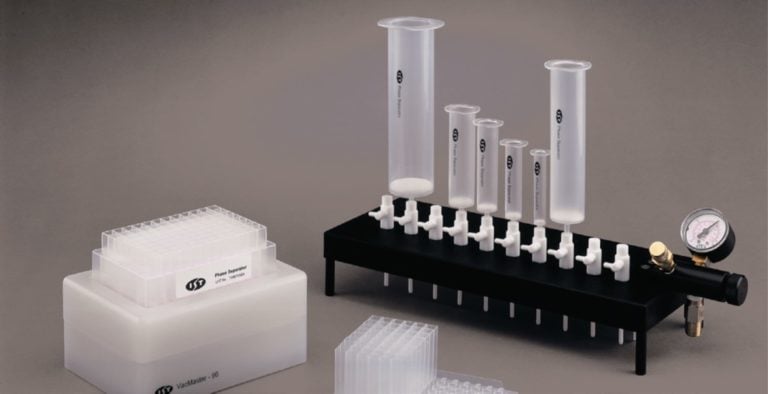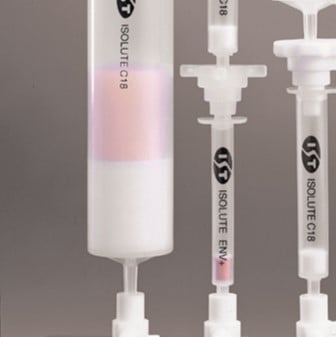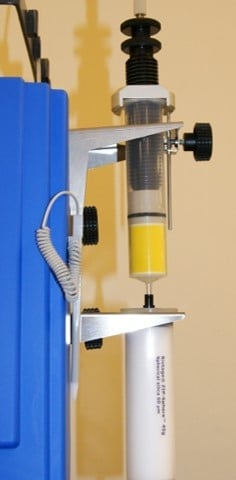With reversed-phase flash column chromatography becoming increasingly popular for routine purification, understanding how to make the cartridges last (since they cost more) is important to know.
In this post I will mention a few tips to prolong reversed-phase cartridge life.
Reversed-phase flash chromatography is an extremely useful purification technology for a wide array of compound types. Since reversed-phase chromatography uses partitioning as its separation mechanism hydrophobic compounds will bind to the lipophilic stationary phase and elute as solvent polarity decreases.
Strongly lipophilic compounds/impurities can bind strongly and build up with repeated injections. Over time this build-up can cause changes in compound retention and even selectivity so keeping the cartridge clean is important for a long, useful life.
To achieve this goal here are the steps I try to use…
1. At the end of each purification run flush the cartridge with 100% of the strong solvent (typically methanol or acetonitrile). You can wash with stronger solvents as well (acetone, THF, EtOAc) but be sure to convert back to your main organic solvent (methanol or acetonitrile)
2. Clean up crude mixtures to remove possible strong-binding compounds
a. Liquid-liquid extraction – this can be done without separatory funnels using disposable hydrophobic frit based vessels (Figure 1)

Figure 1. Simple phase separator with a hydrophobic frit allows dense organic solvents such as DCM to elute while water is retained.
b. Sample clean-up (SPE), Figure 2

Figure 2. Solid-phase extraction is an excellent tool to remove strongly binding lipophilic compounds prior to reversed-phase flash chromatography.
3. Use dry loading (reversed-phase media) to capture the strongly lipophilic impurities, Figure 3

Figure 3. External dry loading using reversed-phase media as the dry load sorbent is a very efficient way to protect your reversed-phase flash cartridge from contamination.
4. Flush the cartridge with aqueous solvent to remove pH modifiers and buffers
5. Always store reversed-phase cartridges in your method’s strong solvent (without pH modifiers or buffers) and keep them sealed to prevent evaporation
What do you use to maximize your reversed-phase flash cartridge useful life?
If you are interested in learning more about flash chromatography, please download our white paper Successful Flash Chromatography.

 Organic Workflow
Organic Workflow Peptide Workflow
Peptide Workflow Scale-Up Flash Purification
Scale-Up Flash Purification  Sample Preparation
Sample Preparation Biomolecule Purification
Biomolecule Purification Oligo synthesis
Oligo synthesis Scavengers and Reagents
Scavengers and Reagents Service & Support
Service & Support Accessories & Spare parts
Accessories & Spare parts Investors
Investors Reports & News
Reports & News The Share
The Share Corporate Governance
Corporate Governance Calendar
Calendar Sustainability
Sustainability Our Offering
Our Offering Our History
Our History Our Locations
Our Locations Leadership
Leadership